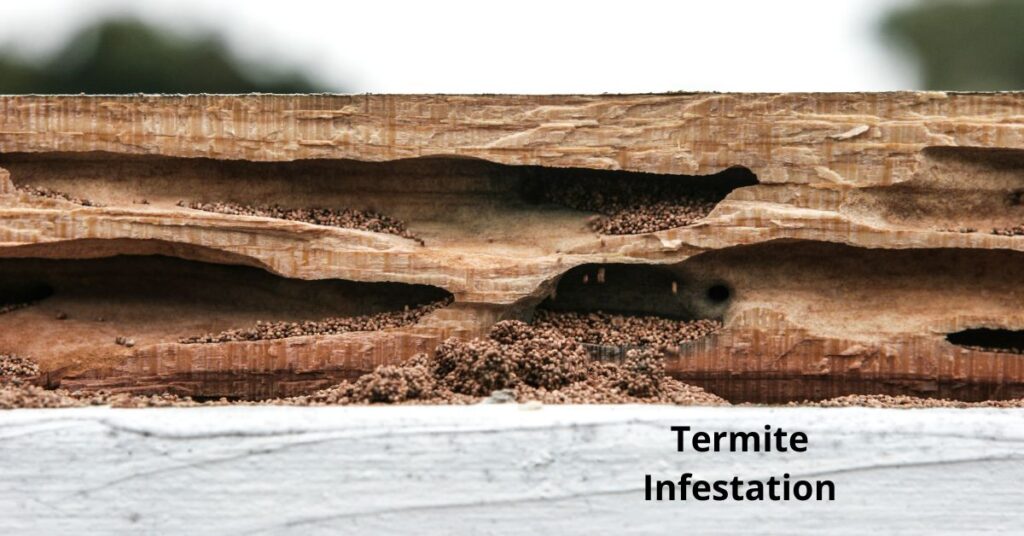Guide on Termite Infestation
How Can I Prevent Termite Infestation?
The best way to prevent termite infestation is to prevent them from getting into your home in the first place. Termite infestation can be a serious problem for homeowners and businesses. The good news is that it’s not difficult to prevent. The best way to prevent termite infestation is to prevent them from getting into your home in the first place.
How to Identify and Control Them?
Termites are destructive insects that cause billions of dollars in damage to homes every year. To stop termite infestation, you need to identify the signs of an active termite nest and then take action before the problem gets out of control. Termite are often mistaken for wood-eating insects, but they don’t eat wood. They feed on cellulose and other materials that humans use as a food source. The termite is a common household pest that can cause serious damage to homes and businesses. These insects feed on wood, which makes them a major concern for homeowners. Termites are found in most climates around the world, but they’re especially common in tropical areas where there is plenty of rain and high humidity.
How do I Know if I Have Termites?
The only sure way to know for certain if you have termites, is to get a professional inspection. These professionals will look for signs of infestation, such as droppings and damaged wood. The most common sign of termite infestation is a dark, soft spot in the wood. Other signs of termites include:
Dark spots with white or yellow powdery material inside
Small holes in the wood flooring
Dirt mounds outside the house
Dirt mounds inside your home
Maintain the Termite Prevention Features
The most effective way to prevent termites from infesting your home is through the use of a good, balanced and complete Termite Control program. The most important thing you can do to help prevent termites from destroying your home is to maintain the Termite Prevention Features.
Protection from rain and wind – A well-designed foundation that is strong enough to support the weight of the home. Good insulation so that heat doesn’t escape out of a wall cavity or under a floor – Strong, solid walls with no weak spots.
What are the Different Types of Termite Treatments?
The most common types of termite treatments are chemical and biological. While the chemicals work, they aren’t always effective. The termite treatment process is a little complicated, and there are different types of treatments. Termite treatments can be divided into two main categories: systemic and non-systemic. Systemic treatments work to kill the entire colony, while non-systemic treatments are targeted to specific areas of the home where you suspect termites have been seen.
Non-Chemical Treatments
There are several types of non-chemical treatments that you can use to keep the lawn healthy. You can cut your lawn with a reel mower, which has blades on both the front and the back; this type of mower doesn’t usually cause damage to grass roots. There is also a mulching blade on a rotary mower, which shreds the clippings into smaller pieces before they’re collected in a bin. The mulching blade cuts down on leaf litter build up in your yard, and it’s less likely to compress or wear out than other types of blades.
The easiest way to care for your lawn is by using an aerator once every few weeks throughout the growing season. You can also add organic fertilizer
Chemical Treatments
If you’re buying a home with a new roof, part of the process involves deciding whether to install synthetic sealants or chemical treatments. Synthetic coatings are non-toxic and environmentally friendly products that leave no residue behind on your roof. However, they can be more expensive than traditional sealants and don’t offer as much protection against leaks or stains. On the other hand, chemical treatments contain chemicals that kill germs and bacteria while protecting your roof from tar spots.

